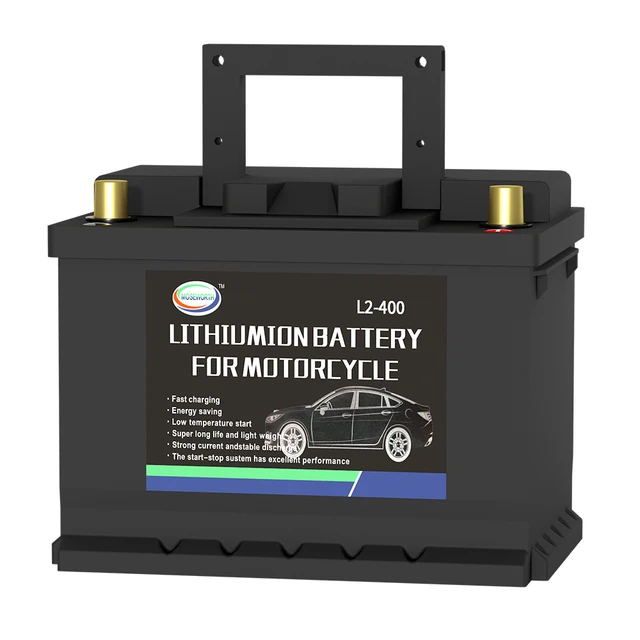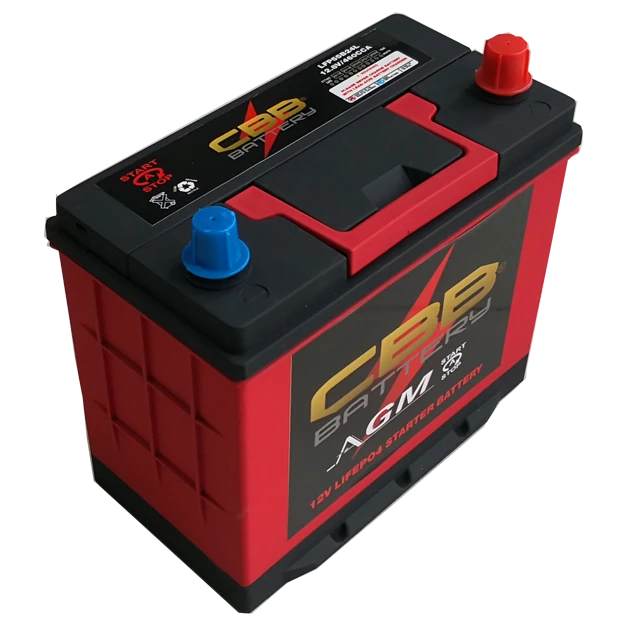 Introduction:
Introduction:
Finding yourself with a dead battery and no other car around can be a frustrating situation. However, with the right knowledge and tools, you can still jumpstart your dead battery without the assistance of another vehicle. In this comprehensive guide, we will provide a step-by-step explanation of how to jumpstart a dead battery without another car. By following these simple instructions, you can get your vehicle running again and be back on the road in no time.
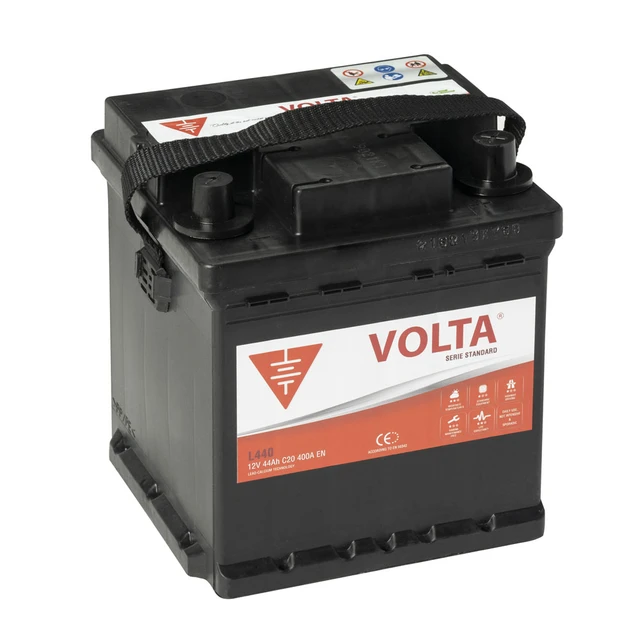 Introduction to Jumpstarting a Dead Battery without Another Car
Introduction to Jumpstarting a Dead Battery without Another Car
Jumpstarting a dead battery without another car requires alternative methods to provide the necessary power to start the vehicle.
A. Preparedness: It is important to have the necessary tools and knowledge on hand for such situations.
B. Safety Considerations: Taking proper precautions is essential to minimize the risks associated with jumpstarting a dead battery.
Some common symptoms to look out for:
There are several signs that can indicate a dead or dying car battery. Here are some common symptoms to look out for:
Engine Cranks Slowly or Not at All:
If you turn the key in the ignition and the engine cranks slowly or fails to start, it could be a sign of a dead battery. A dying battery may not have enough power to provide the necessary current to start the engine.
Dim or Flickering Lights:
When a battery is low on charge, the electrical system may not be able to supply enough power to the lights. As a result, the lights may appear dim or flicker when you try to start the vehicle or while driving.
Clicking Sound When Turning the Key:
If you hear a clicking sound when you turn the key in the ignition, it could be a sign of a weak or dead battery. The clicking noise typically indicates that there is not enough power to engage the starter motor.
Electrical Malfunctions:
A failing battery can cause electrical issues in your car. You may experience problems with the power windows, radio, or other electrical components. These malfunctions can occur because the battery cannot supply enough power to the vehicle’s electrical system.
Dashboard Warning Lights:
Some cars have dashboard warning lights that indicate a problem with the battery or charging system. If you see a battery or charging system warning light illuminated on your dashboard, it is a good idea to have the battery checked.
Age of the Battery:
Car batteries have a limited lifespan, typically around 3-5 years. If your battery is approaching or exceeding this timeframe, it is more likely to fail or have reduced performance. Regular inspection and maintenance of the battery can help identify potential issues before they become a problem.
If you notice any of these signs, it is advisable to have your battery tested by a professional. They can determine if the battery needs to be charged, replaced, or if there is an underlying issue with the charging system. Regular maintenance and battery checks can help prevent unexpected breakdowns and ensure your vehicle’s electrical system operates smoothly.
Assessing the Situation
Before attempting to jumpstart a dead battery, assess the condition of the vehicle and battery.
A. Visibility and Accessibility: Ensure that you have a clear and safe location to work on jumpstarting the battery.
B. Battery Inspection: Check the battery for any visible signs of damage or leaking. If there are visible cracks or leaks, do not attempt to jumpstart the battery yourself.
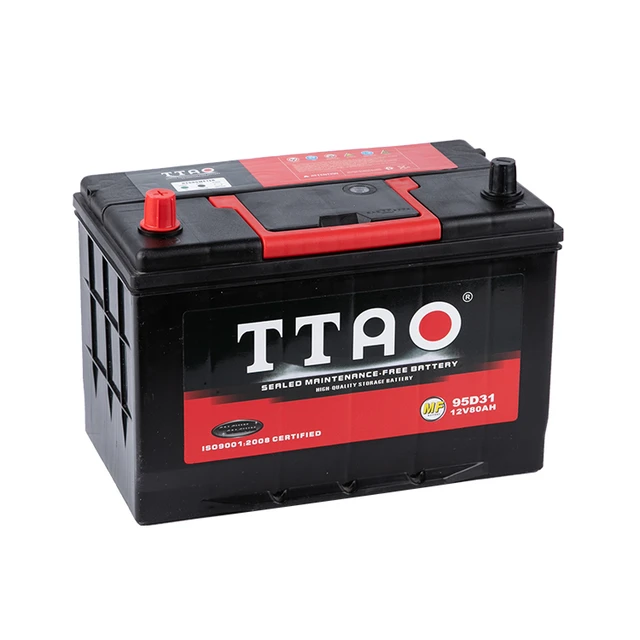 Gathering the Necessary Tools
Gathering the Necessary Tools
Obtain the required tools and equipment to jumpstart a dead battery without another car.
A. Portable Jump Starter: Acquire a portable jump starter device or battery booster pack.
B. Safety Equipment: Wear safety glasses and gloves to protect yourself during the process.
Preparing the Vehicle
Prepare the vehicle for the jumpstarting process.
A. Turn Off All Electrical Components: Ensure that the ignition, lights, radio, and any other electrical devices are switched off to avoid any electrical mishaps.
B. Identify the Battery Terminals: Locate the positive (+) and negative (-) terminals on the dead battery.
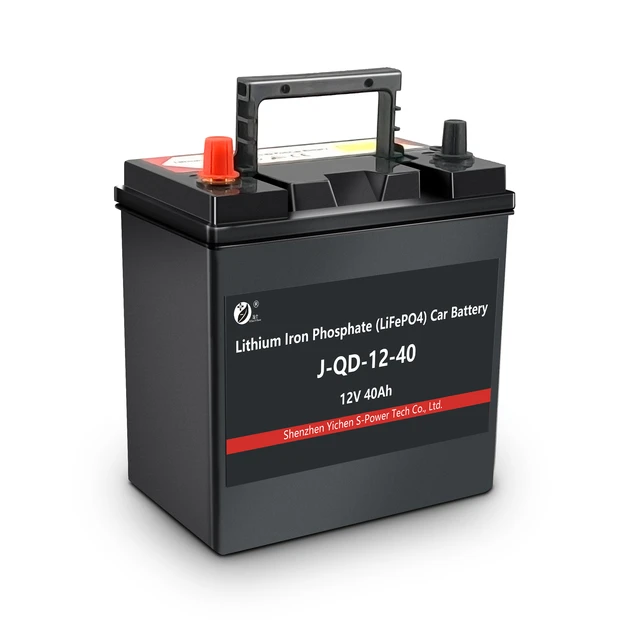 Connecting the Jump Starter Device
Connecting the Jump Starter Device
Follow these step-by-step instructions to safely connect the jump starter device to the dead battery.
A. Confirm Power Off: Ensure that the portable jump starter device is turned off before proceeding.
B. Connect the Cables: Attach the red (positive) cable to the positive terminal (+) of the dead battery and secure it tightly. Connect the black (negative) cable to a metal component of the vehicle away from the battery, ensuring a good connection.
C. Turn on the Jump Starter: Activate the portable jump starter device according to the manufacturer’s instructions.
Starting the Vehicle
Once the jump starter device is connected, it’s time to start the vehicle.
A. Wait a Few Moments: Allow the jump starter device to charge the dead battery for a few minutes before attempting to start the vehicle.
B. Start the Engine: Turn the ignition key or press the start button to start the engine. If the engine does not start on the first attempt, wait a few more minutes and try again.
Disconnecting the Jump Starter Device
Disconnecting the jump starter device requires caution to avoid any electrical hazards.
A. Turn off the Jump Starter: Switch off the portable jump starter device once the vehicle starts.
B. Disconnect the Cables: Remove the black (negative) cable from the metal component of the vehicle first, followed by the red (positive) cable from the positive terminal (+) of the dead battery.
Charging the Battery
After jumpstarting the vehicle, it is important to recharge the battery fully.
A. Drive the Vehicle: Take the vehicle for a drive of at least 10-15 minutes to allow the alternator to recharge the battery.
B. Consider Battery Replacement: If the battery repeatedly dies or does not hold a charge, it may be time to replace it.
Safety Precautions
Keeping safety in mind is crucial throughout the jumpstarting process.
A. Proper Handling: Avoid touching the clamps together or allowing them to come into contact with any metal surfaces.
B. Disconnecting in Reverse Order: When disconnecting the jump starter device, reverse the order by removing the positive cable first and the negative cable second.
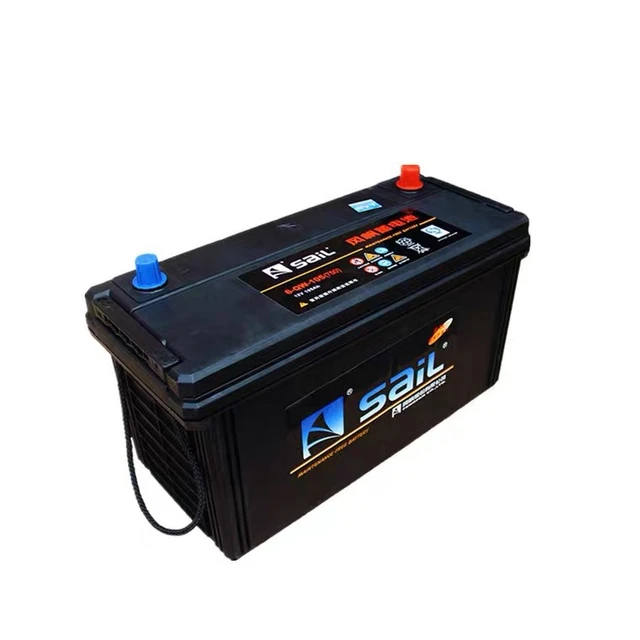 Conclusion
Conclusion
Jumpstarting a dead battery without another car is possible with the right tools and knowledge. By assessing the situation, gathering the necessary tools, and following the step-by-step instructions, you can safely jumpstart your dead battery and get back on the road. Remember to prioritize safety at all times and consider replacing the battery if necessary. With the ability to jumpstart your dead battery without another car, you can handle unexpected situations with confidence.





